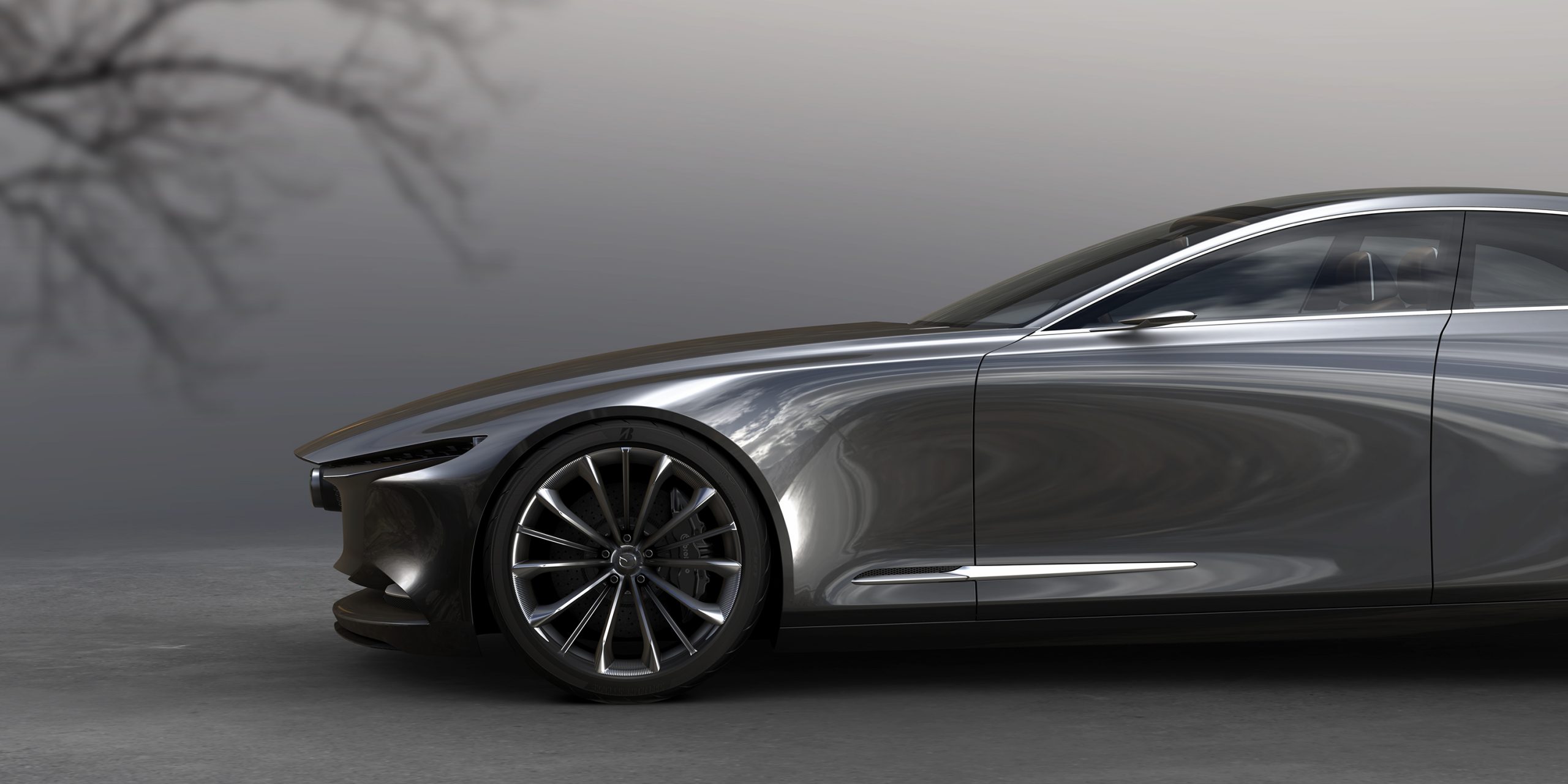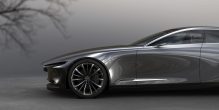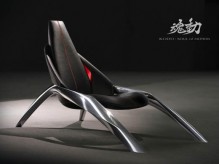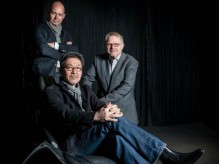Introduced in 2010, Mazda’s unique Kodo design philosophy and its ability to breathe vitality into the car has been the driving force behind the multiple award-winning styling of the current Mazda range, as demonstrated by the recent Red Dot and World Car Awards design awards for the Mazda3 and Red Dot product design recognition for both the Mazda MX-30 and Mazda CX-30.
With the pleasure of ownership a key principal of Mazda’s Sustainable Zoom-Zoom 2030 long-term development vision, Kodo design remains central to the company’s desire to constantly improve the brand and push design quality to the level of art.

Whilst certain design tenets remain fundamental to Kodo, its constant evolution is perfectly reflected in the natural styling progression from the Mazda3 and CX-30 to the MX-30, as Jo Stenuit, Design Director for Mazda Europe explains: “the first EVs on the market were designed with very futuristic, sometimes alien looking styling, disconnected from humans. I guess this was to make people understand that these early EVs had an electric drivetrain. As the electric drivetrain becomes more usual, though, this kind of futuristic design is not needed anymore”.
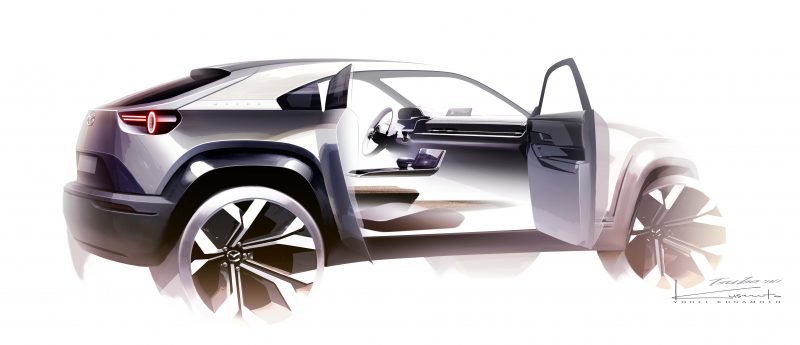
“So, for the MX-30, we are expressing the second phase of Kodo in a more utilitarian way; not based on the novelty value of an electric drive train but more on the value that the whole car will bring to the customers. However, while the design is a different approach to Kodo, we have still focussed on the surface reflections. In a sense, the MX-30 is an experiment in looking at the boundaries of Kodo, and maybe, in the future, it might have influence on the evolution of that philosophy.”
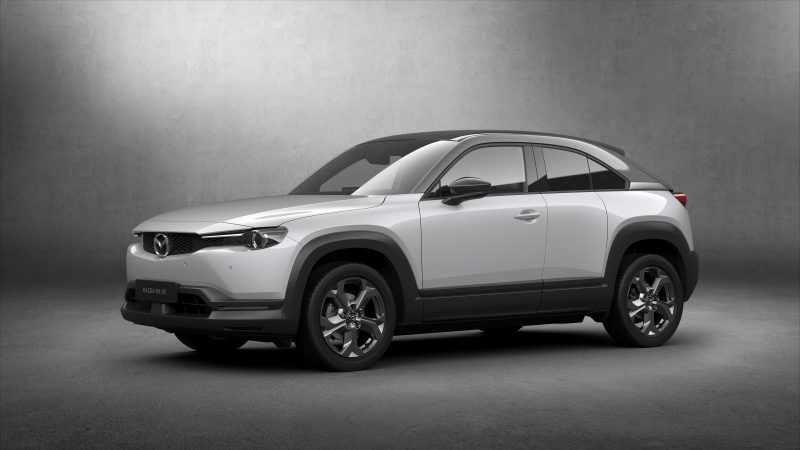
Whilst the Mazda MX-30 explores new aspects of Kodo design, the Mazda3 and CX-30 build on Mazda’s current design successes, retaining the vitality of Kodo whilst targeting greater styling prestige through the elegance and purity of a minimalist aesthetic which removes all unnecessary elements.
The three key elements of Mazda design are known to the Japanese as Yohaku or Ma: the beauty of empty space, Sori: curves with poise and balance and Utsuroi: the play of light and shade.
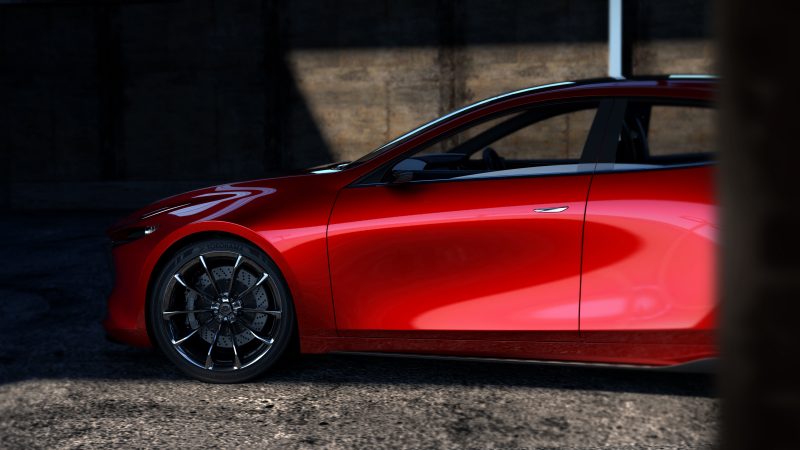
“We used Yohaku or Ma for both the exterior and interior of the CX-30,” explains Jo Stenuit. “It is based on our second phase of Kodo, which is all about creating emotional designs with the fewest possible elements. Basically, going back to the roots of good car design: only use the elements you really need and fine-tune them the best you can”.
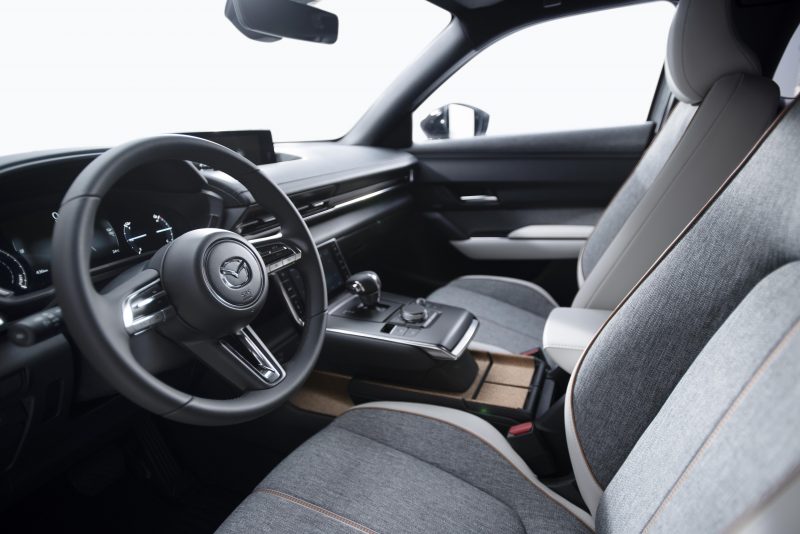
“On the exterior, the best example of Ma on the CX-30 would be the front. Unlike many other brands, we kept the design very simple, without adding unneeded ‘cool’ elements. The empty space around it stages the few elements even more powerfully and creates a better focus on those elements, like the front headlamps.
“The first impression we want the customers to have from the interior is a feeling of calmness – no overload of technology and unneeded ‘design’ elements. That’s how we create the Ma feeling in the interior. Into this well-tuned empty space, we then add the driving elements with perfect ergonomic positioning, to make sure the driver can fully concentrate on driving.”
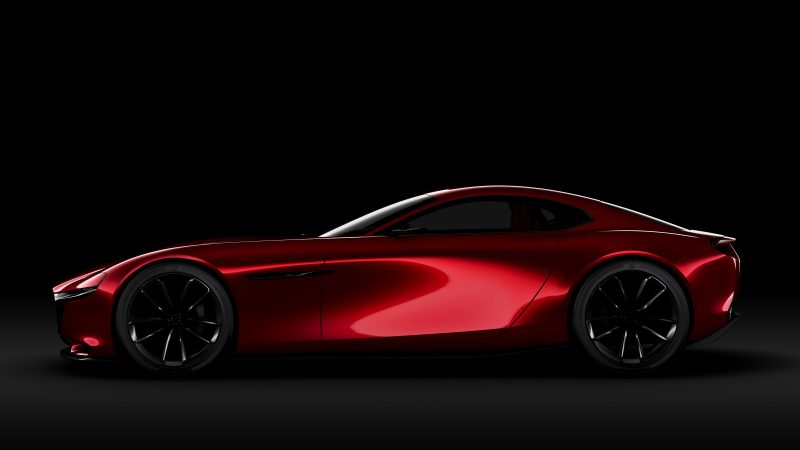
Inspired by the purest traditions of Japanese art and the beauty of space between objects, the foundation of future Mazda elegance will be dynamic proportion, a classical silhouette and an artistic manipulation of light that relies on the uniquely hands-on approach of the company’s designers and craftsmen.
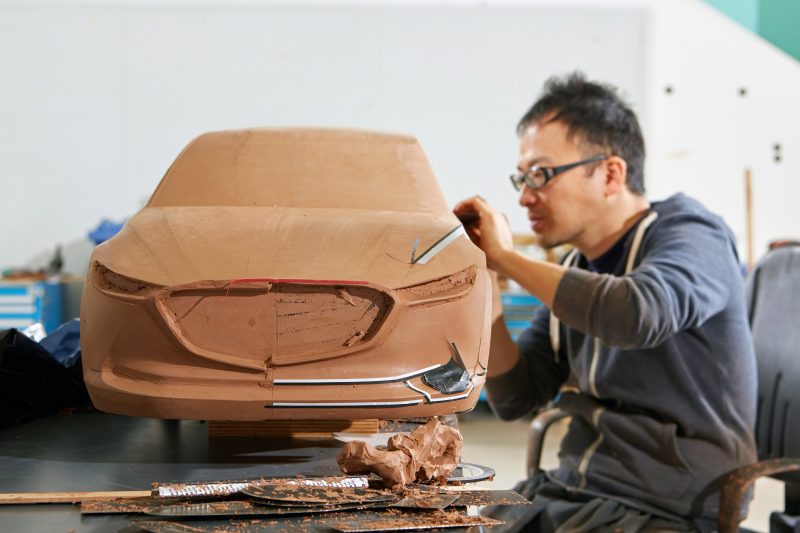
Only through hundreds of hours of painstaking clay sculpting and painting work has it been possible to hone the perfect balance of tension, power and constantly changing reflections inherent in the muscular shoulders, elegant curves and sweeping, concave surfacing of the latest generation of Mazda design.
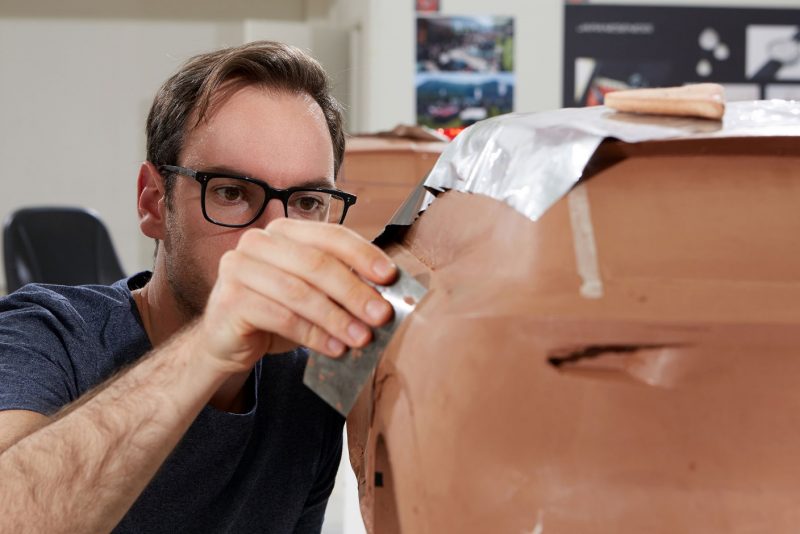
Creating such controlled vitality – a form both beautiful and thoughtfully simple – requires immense degrees of time, discipline and craftsmanship. Yet it is fundamental to the uniquely Japanese elegance of Mazda’s next generation design vision, in which the ownership experience is further enriched by the presentation of the car as art.
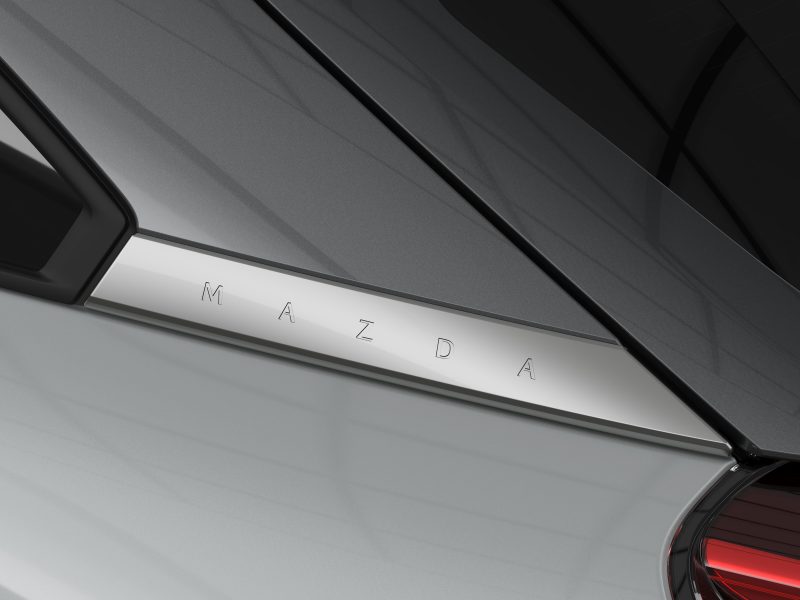
As each new car is revealed we will see new elements of Kodo, as we have in the MX-30. And it will continue to evolve over time, creating some of the most beautiful cars on the road today.
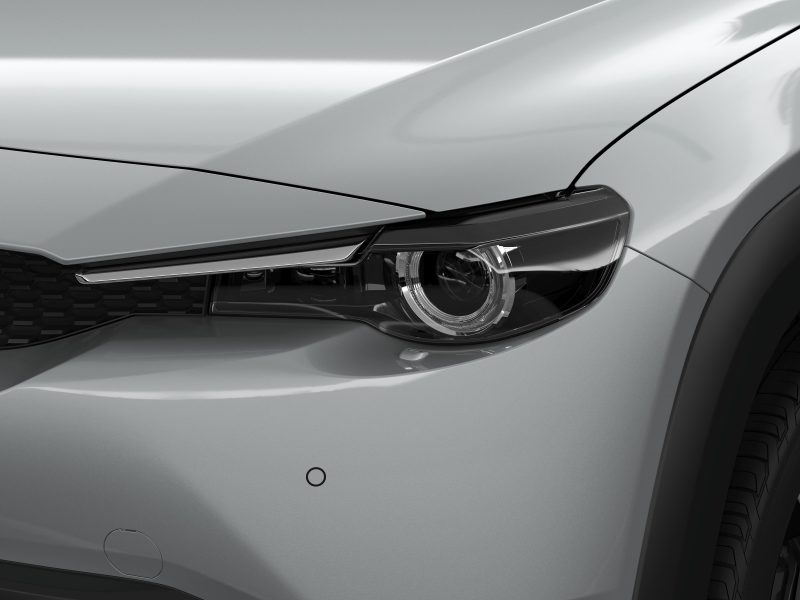
“Future product will continue to evolve Kodo design,” concludes Jo Stenuit. “The MX-30, the Mazda3 and the CX-30 will help inform future design as will the RX-Vision and Vision Coupe concept cars. The design is a constant evolution, the design teams across the world discuss it every day and continue to enhance, refine and sculpt for future product.”

